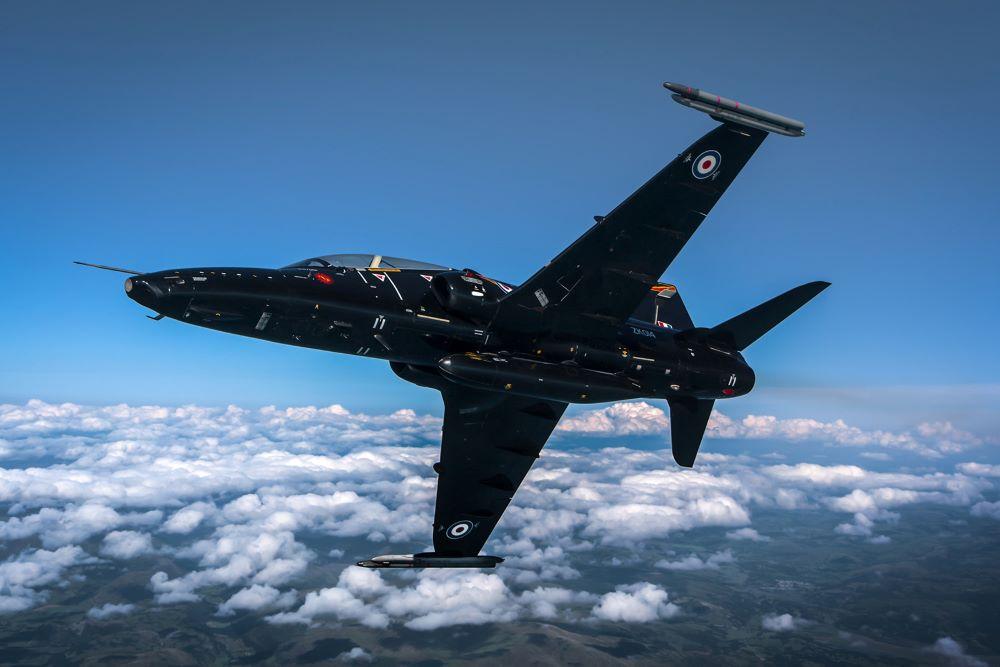
Credit: BAE Systems
RAF FAIRFORD, UK–The UK Royal Air Force plans to trial augmented reality technology to see if it can be used to speed up the training of fast jet pilots. The UK defense ministry, along with BAE Systems and U.S. company Red 6, will install the latter company’s Advanced Tactical Augmented Reality...
Subscription Required
UK Royal Air Force to Trial Red 6 Augmented Reality Technology is published in Aerospace Daily & Defense Report, an Aviation Week Intelligence Network (AWIN) Market Briefing and is included with your AWIN membership.
Already a member of AWIN or subscribe to Aerospace Daily & Defense Report through your company? Login with your existing email and password.
Not a member? Learn how you can access the market intelligence and data you need to stay abreast of what's happening in the aerospace and defense community.
